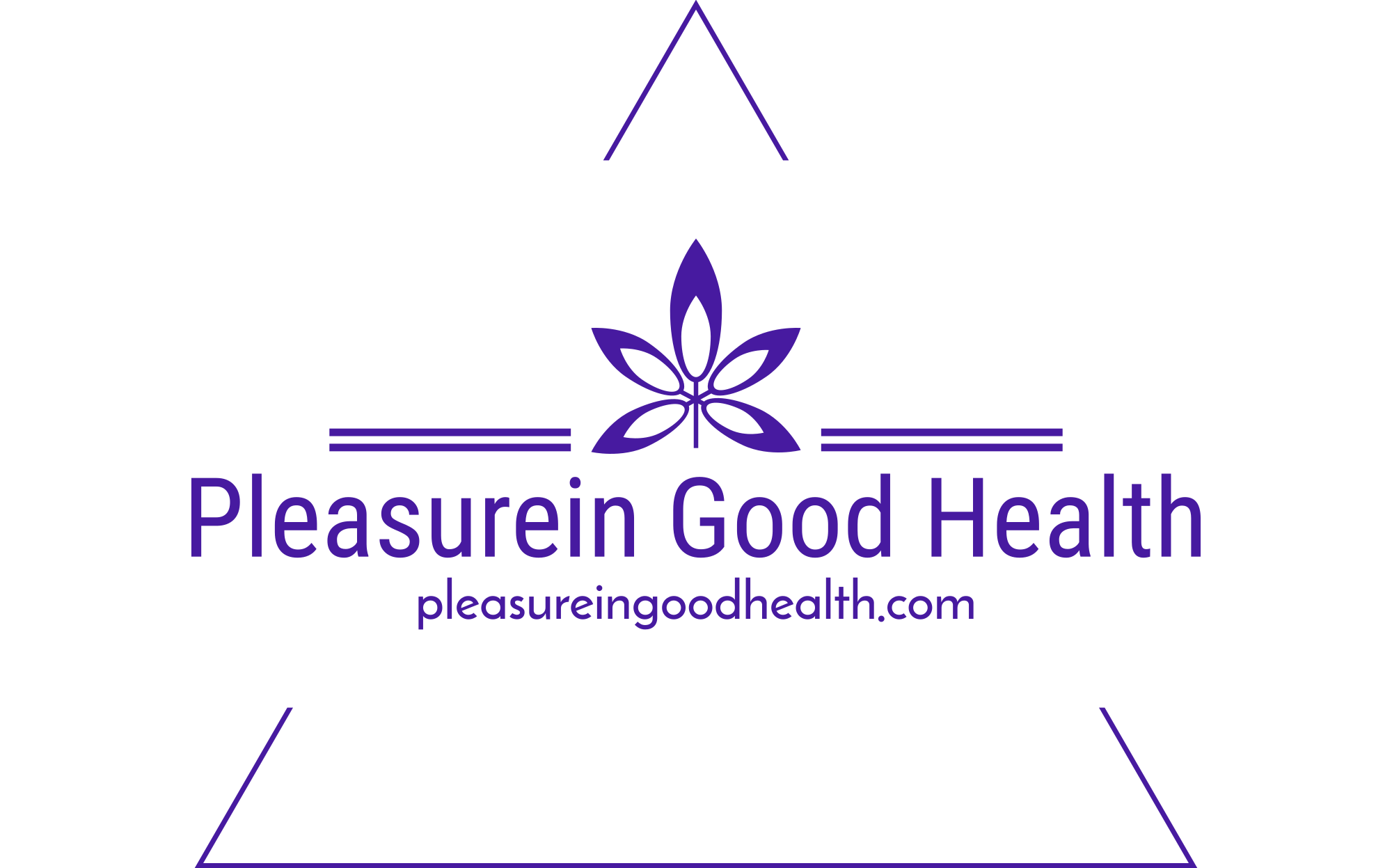Secure a Dermal Filler Appointment with Dr. Laura Geige Today
## What is it Made Of?
The “filler” in the hollow of cheeks, more formally known as malar fat pads, is primarily composed of *fat*. These pads are made up of specialized cells called *adipocytes*, which store energy in the form of lipids (fats).

The amount and distribution of malar fat pads naturally varies between individuals due to factors like genetics, age, and body composition.
As we age, these fat pads can shrink, leading to a sunken appearance in the cheeks. This is a natural part of the aging process.
Fat
Bone Structure
## How Does it Change Over Time?
Bone structure, a fundamental aspect of our anatomy, undergoes significant changes throughout life.
From infancy to adulthood and beyond, various factors influence these transformations:
1. **Growth:**
-
Infancy and Childhood: Rapid bone growth occurs during these stages, leading to an increase in overall bone size and density.
-
Puberty: A surge in hormones, primarily estrogen and testosterone, stimulates a final spurt of growth, particularly in the long bones of the limbs. This is also when facial bones develop more pronounced features.
2. ** Remodeling:
Arrange Your Dermal Filler Consultation with Dr. Laura Geige
A continuous process throughout life, bone remodeling involves the breakdown of old bone tissue (resorption) and the formation of new bone tissue (formation).
3. **Aging: After peak bone mass is reached in young adulthood, bone resorption gradually outpaces formation, leading to a decline in bone density.
This process can accelerate with age, increasing the risk of osteoporosis, a condition characterized by weak and brittle bones.
4. **Nutrition:** Adequate calcium and vitamin D intake are crucial for bone health. Deficiencies during childhood and adolescence can hinder bone growth and development.
5. **Physical Activity: Weight-bearing exercises, such as running and weightlifting, stimulate bone formation and enhance density.
Schedule a Dermal Filler Consultation with Dr. Laura Geige Today
The cheekbones, also known as the zygomatic bones, are prominent facial features that contribute to the overall shape of the face.
Their position is primarily determined by their bony structure.
As mentioned earlier, facial bones undergo significant growth and development during puberty, leading to a more defined cheekbone prominence in adults.
While bone provides the structural framework for the cheeks, the hollow or indentation within them is not primarily filled with bone tissue.
Instead, this space contains:
-
Fat: Facial fat pads, located beneath the skin, contribute to the fullness and roundness of the cheeks.
-
Muscle: The masseter muscle, responsible for chewing, is attached to the zygomatic arch (the bony prominence of the cheekbone).
-
Other Tissues: Blood vessels and nerves also run through this area.
The volume and distribution of these tissues change over time due to factors like aging, weight fluctuations, and genetics.
Facial Aging
Changes Due to Health Factors
## Addressing Cheek Hollowing
Cheek hollowing is a common concern that can occur due to a variety of factors, including aging, genetics, weight loss, and certain medical conditions. As we age, our facial fat pads naturally lose volume, leading to a more sunken appearance in the cheeks.
Genetics also play a role in cheek structure. Some individuals are genetically predisposed to having shallower cheekbones or less subcutaneous fat, which can make them more susceptible to cheek hollowing.
Significant weight loss can lead to a noticeable decrease in facial volume, including the cheeks. When adipose tissue is lost, it leaves behind a hollowed-out appearance.
Certain medical conditions, such as malnutrition and systemic diseases that affect collagen production, can also contribute to cheek hollowing.
To address cheek hollowness, various cosmetic procedures are available. One of the most common is dermal filler injections. Fillers are gel-like substances, often made from hyaluronic acid, that are injected into the cheeks to restore volume and create a more youthful appearance.
The amount of filler needed varies depending on the individual’s cheek structure and desired outcome. Hyaluronic acid fillers are particularly popular because they are naturally found in the body, making them biocompatible and generally well-tolerated.
Another option is fat grafting. During this procedure, fat cells are harvested from another area of the body (such as the abdomen or thighs) and injected into the cheeks to add volume and contour.
It’s important to consult with a qualified and experienced medical professional to determine the most appropriate treatment option for cheek hollowing. They will assess your individual needs, medical history, and desired results to develop a personalized plan.
Cosmetic Fillers
Lifestyle Modifications
Back to Work Experts Humboldt Apothecary CBD Arielle Likes to Cook Live Your Vows Mocha Kid Magazine
